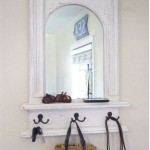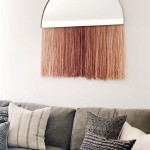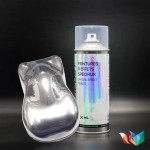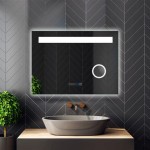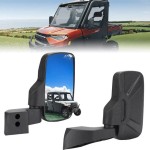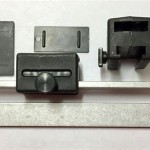How To Hang a Heavy Wall Mirror on Drywall
Hanging a heavy mirror on drywall requires careful planning and execution to ensure both the mirror's safety and the wall's integrity. This process differs significantly from hanging lighter pictures or decorations. Heavier mirrors require more robust hanging hardware and a deeper understanding of wall structure to prevent damage and accidents.
1. Assess the Mirror's Weight and Dimensions
Before beginning, accurately determine the mirror's weight and dimensions. Use a bathroom scale for weight and a measuring tape for dimensions. This information is crucial for selecting appropriate hanging hardware and determining the number of mounting points required. Overestimating the weight is always recommended for added safety.
2. Choose the Right Hanging Hardware
Selecting appropriate hanging hardware is paramount for securely mounting a heavy mirror. Standard picture hooks are insufficient for this task. Heavy-duty options include D-rings, J-hooks, and French cleat systems. D-rings and J-hooks are often used in conjunction with wall anchors, while French cleats offer a robust, weight-distributing solution. The weight capacity of the chosen hardware should significantly exceed the mirror's actual weight.
For mirrors exceeding 50 pounds, a French cleat system is often the best choice. This system uses two interlocking pieces of wood or metal, one attached to the wall and the other to the back of the mirror. Their angled design creates a strong, secure grip capable of supporting substantial weight.
Wire hanging systems are generally not recommended for heavy mirrors due to the potential for wire failure and the concentration of weight on a single point.
3. Locate Wall Studs
Hanging a heavy mirror directly on drywall is not recommended, especially for mirrors exceeding 20 pounds. Locating and utilizing wall studs provides the most secure anchoring points. Wall studs are typically spaced 16 inches apart on center. Use a stud finder to pinpoint their locations and mark them clearly.
If the desired mirror placement does not align with wall studs, heavy-duty wall anchors rated for the mirror's weight are required. These anchors, such as toggle bolts or molly bolts, provide a secure grip within the drywall itself.
4. Install the Hanging Hardware on the Mirror
Precise measurement and careful installation are essential when attaching the chosen hardware to the mirror's frame or backing. D-rings or J-hooks should be installed symmetrically and securely fastened with screws appropriate for the frame material. For French cleats, ensure the cleat attached to the mirror is level and securely affixed.
Measure twice and drill once to ensure accuracy and prevent damage to the mirror. Pilot holes are recommended when screwing into the frame to prevent splitting, especially with hardwood frames.
5. Mount the Mirror on the Wall
With the hardware installed on the mirror, the next step is mounting the mirror on the wall. If using D-rings or J-hooks with wall studs, pre-drill pilot holes into the studs before inserting screws. Ensure the screws are long enough to penetrate the studs deeply for maximum holding power.
If using wall anchors, follow the manufacturer's instructions carefully for proper installation. Different anchor types have specific requirements for drilling hole sizes and insertion techniques.
For French cleat systems, the wall-mounted cleat should be installed first, ensuring it is level and securely attached to the wall studs or via heavy-duty anchors if studs are not available. Then, carefully lift the mirror and engage its cleat with the wall-mounted cleat.
6. Check for Stability and Security
Once the mirror is hung, thoroughly check its stability. Gently tug on the mirror from different angles to ensure it is securely mounted. If there is any movement or looseness, re-evaluate the installation and make necessary adjustments. For extremely heavy mirrors, consider using additional support mechanisms, such as safety cables or chains, as a precautionary measure.
7. Consider Additional Safety Precautions
For added safety, particularly in areas prone to earthquakes or vibrations, consider using earthquake putty or mirror adhesive. Earthquake putty placed between the mirror and the wall can help prevent the mirror from shifting or falling during seismic activity. Mirror adhesive can provide additional bonding and support.
How To Hang A Heavy Mirror On Drywall Quora

How To Hang A Large Or Heavy Mirror

How To Hang A Heavy Mirror On Drywall Stas Picture Hanging Systems
:strip_icc()/ScreenShot2022-04-28at1.12.19PM-e055476c70c6438585fa7c5cd531edcf.png?strip=all)
4 Easy Ways To Hang A Heavy Mirror

A Better Way To Hang Heavy Mirror Hanging Picture Wire

How To Hang A Heavy Mirror Or Picture On Wall Today S Homeowner

How To Hang A Very Heavy Picture Or Mirror The Best

How To Hang A Heavy Mirror The Home Depot

How To Hang A Heavy Mirror With French Cleat

How To Hang A Heavy Mirror

